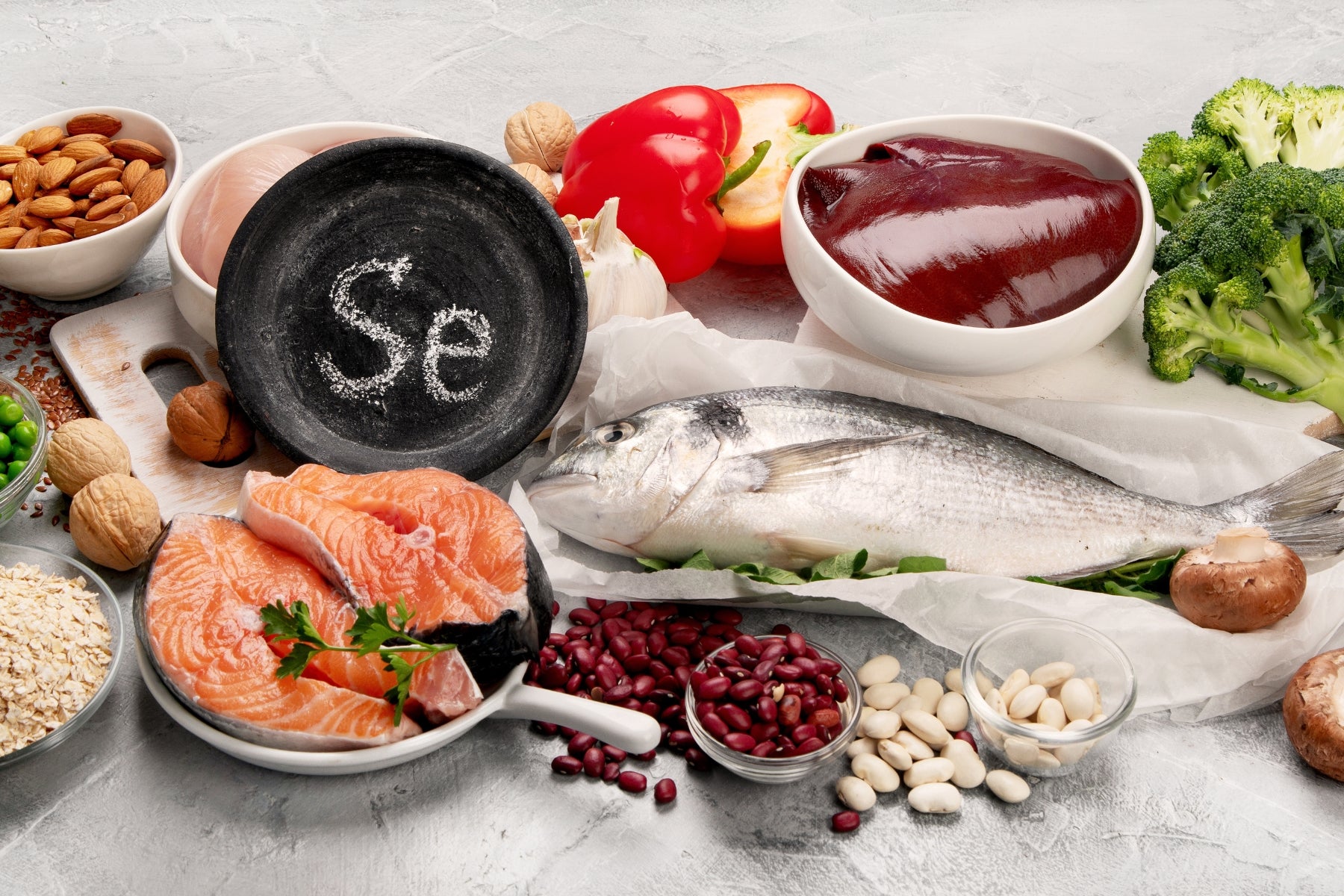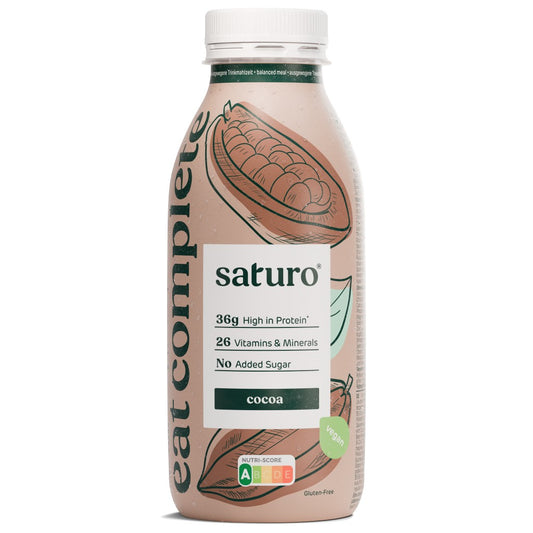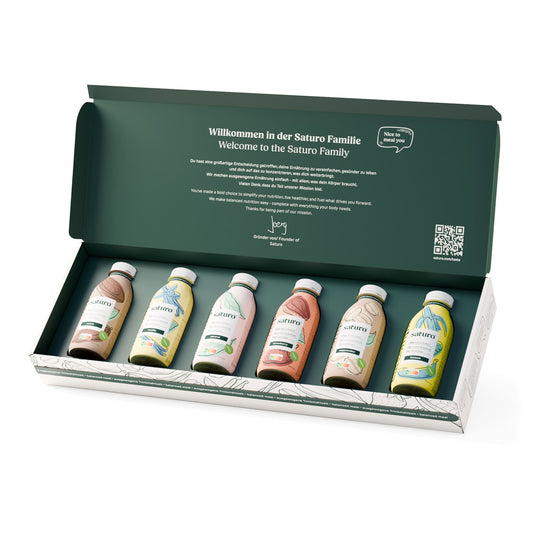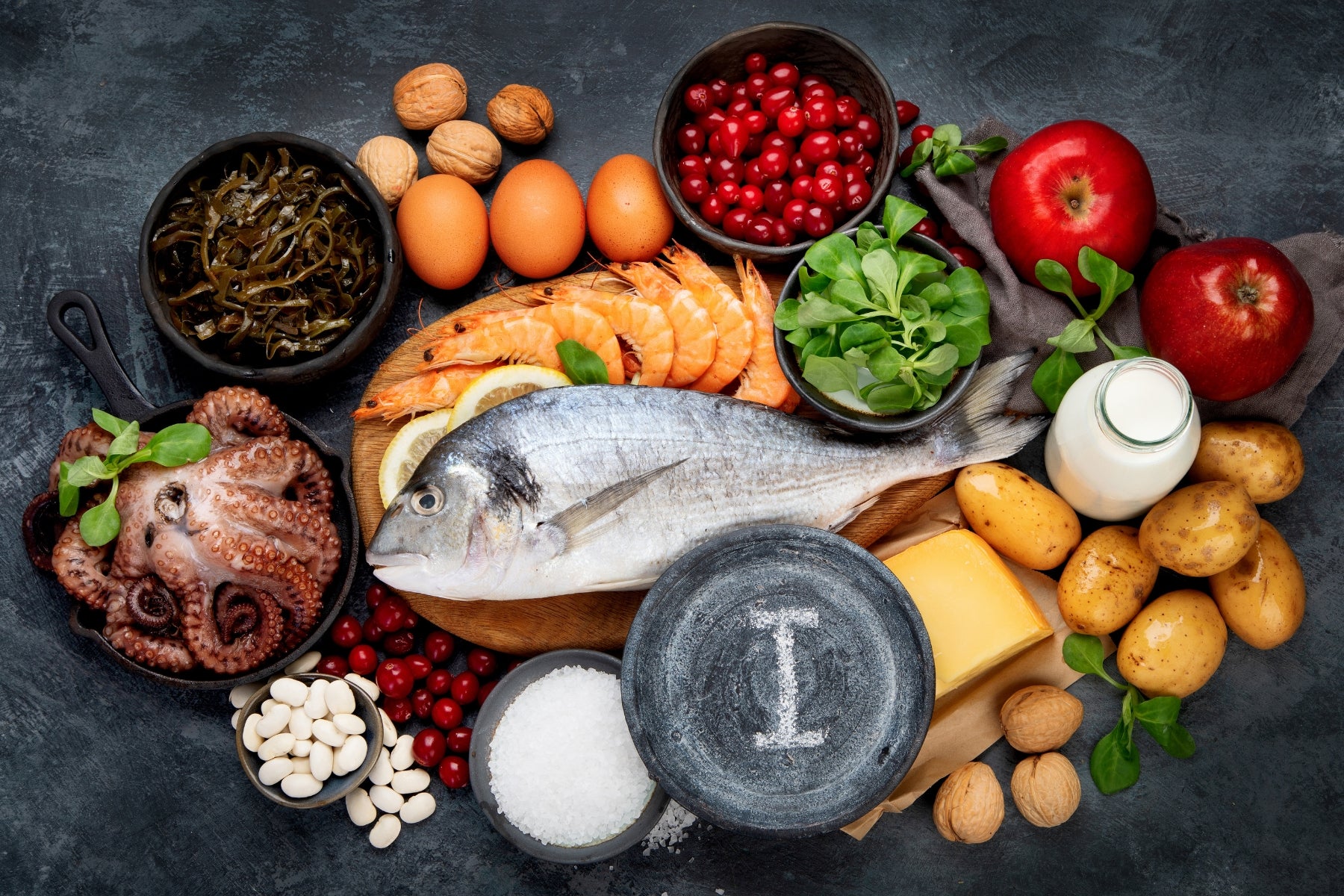
Selen deficiency - symptoms, causes and treatment
What is selenium deficiency and how many selenium do you need every day?
Selen deficiency is a widespread phenomenon that occurs if your body is not sufficiently supplied with the essential trace element selenium. Selenium is an indispensable part of numerous enzymes and proteinsthat play a crucial role in maintaining different body functions. According to the German Nutrition Society (DGE), the recommended daily intake is 30-70 μg for adults, with women tend to have a slightly lower need than men. During pregnancy and breastfeeding, the selenium requirement increases to 60-70 μg per day. An inadequate selenium recording that lasts over a longer period of time can lead to a selenium deficiency that can go hand in hand with various symptoms and health impairments.
Selen deficiency symptoms
The symptoms of a selenium lack are diverse and often non -specific, which can make diagnosis more difficult. The most common signs include:
- Fatigue and exhaustion: Chronic selenium deficiency can lead to continuing fatigue and reduced performance, since energy production in the cells is impaired.
- Muscle weakness and pain: Selen is essential for muscle health. A deficiency can be noticeable by muscle weakness, cramps and pain.
- Hair loss and fragile nails: The hair follicles and nail cells need selenium for healthy growth. A deficit can lead to increased hair loss, brittle nails and a dry, scaly scalp.
- Impaired immune system: Selen is essential for the function of the immune system. In the event of a defect, susceptibility to infections and diseases is increased.
- Thyroid problems: The thyroid gland contains the highest selection concentration in the body. A selenium deficiency can contribute to an underfunction (hypothyroidism) and an enlargement of the thyroid gland (struma).
- Fertility disorders: A selenium deficiency can affect fertility in both men and women by worsening the quality of the sperm and egg cells.
Causes of selenium deficiency
There are various factors that can contribute to a selenium deficiency:
- Selenary diet: The main reason for a selenium deficiency is an insufficient recording of food. People who eat one -sided or do without selenium -rich foods are particularly at risk.
- Vegan and vegetarian diet: Vegetable foods often contain less bioavailable selenium than animal products. Strict vegans and vegetarians have an increased risk of selenium deficiency.
- Malabsorption: Digestion diseases such as celiac disease, chronic inflammatory bowel diseases or pancreatic insufficiency can affect the absorption of selenium.
- Smoking and alcohol consumption: Smoking and excessive alcohol consumption increase the oxidative stress in the body and lead to an increased selenium requirement.
- Regional differences: The selenium content in vegetable food depends on the selenium content of the soils. In some regions of the world, such as in parts of Europe, the selenium content of the floors is naturally low.
Influence of selenium on the weight
Selenium plays an important role in regulating the metabolism and can therefore also influence body weight. Studies have shown that a Selen deficiency can be associated with overweight and obesity. This can be explained by the fact that Selen is involved in the activation of the thyroid hormones as a component of enzymes, which in turn regulate the basal metabolism and the burning of fat. A selenium deficiency can thus lead to a slowdown with the metabolism and a difficult weight loss. In addition, selenium as antioxidants is involved in combating oxidative stress, which is also associated with overweight. Sufficient selenium supply can therefore help optimize the metabolism and support healthy weight regulation.
Effect of selenium in women
Selenium is of particular importance for women because it supports various women -specific functions:
- fertility: Selen is involved in the production of estrogen and progesterone and thus contributes to regulating the female cycle. A selenium deficiency can affect fertility and increase the risk of miscarriages.
- Pregnancy and lactation: During pregnancy and breastfeeding, the selenium requirement is increased because the trace element for the development of the fetus and the baby is essential. A selenium deficiency in this phase can increase the risk of complications such as preeclampsia and premature labor.
- menopause: In menopause, a selenium deficiency can increase the typical symptoms such as hot flashes, mood swings and sleep disorders. Sufficient selenium care can help to alleviate these symptoms.
- Thyroid function: Women are more often affected by thyroid diseases than men. Since selenium is essential for the function of the thyroid gland, a defect can increase the risk of thyroid dysfunction.
Selenium in food
Vegan selenium sources (per 100 g)
- Paranse: 1917 µg
- Senve seeds: 208.1 µg
- Wheat (buffed up): 123.1 µg
- Sunflower seeds: 79.3 µg
- Wheat germ: 65 µg
- Ginger (ground): 55.8 µg
- Chia seeds: 55.2 µg
- Sunflower seeds: 53 µg
- Shiitake mushrooms: 46.1 µg
- Oat bran: 45.2 µg
Animal selenium sources (per 100 g)
- Oysters (cooked): 154 µg
- Lamb liver (cooked): 116.1 µg
- Tuna (cooked): 108.2 µg
- Inkfish (cooked): 89.6 µg
- Mussels (cooked): 89.6 µg
- Wellhorn snails (cooked): 89.6 µg
- Imperial bass (cooked): 88.3 µg
- Hummer (cooked): 73.1 µg
- Sword fish (cooked): 68.5 µg
- Anchovies (raw): 68.1 µg
In order to cover the selenium requirement, both vegetable and animal foods are suitable. By far the best vegan selenium source Paranesethat deliver almost 2000 µg of the trace element per 100 g. But also mustard seed, puffed wheat, sunflower seeds and wheat germs score with a high selenium content.
With animal foods, it is above all Seafood such as oysters, squid, mussels and crustaceansthat are rich in selenium. Certain species such as tuna, swordfish and anchovies as well as lamb liver also contain larger amounts of the trace element.
Drinking food against selenium deficiency
In addition to a balanced, selenium diet, special Drinking meals contribute to covering the selenium requirement and preventing a defect. Manufacturer like Saturo offer Liquid food on that contains an optimized nutrient combination including selenium.
Such drinking meals can be a sensible addition, especially for people with an increased selenium requirement, such as pregnant women, breastfeeding or athletes, as well as for people with recording disorders. They are a practical and tasty option to counteract deficiency symptoms.
-
4.5 4.5 / 5.0
(144)
Ready-to-drink 6 x 400 ml
- The ready-to-drink meal
- 400 kcal
- 36 g protein
- Satiates for up to 5 hours
Regular price CHF 30.90Regular priceUnit price / per -
4.5 4.5 / 5.0
(144)
Taster Pack 6 x 400 ml
- Find your favourite flavour
- 6 different flavours
- 400 kcal
- 36 g protein
Regular price CHF 36.00Regular priceUnit price / per
Frequently asked questions
What happens when selenium is missing in the body?
A selenium deficiency can lead to a weakening of the immune system, an increased susceptibility to infections and slowed wound healing. In addition, a selenium deficiency can increase the risk of cardiovascular diseases, thyroid problems and certain types of cancer.
Where is there a lot of selenium?
Good seleniums are paranese, sea fish (such as tuna, mackerel and herring), meat (especially liver and kidneys), eggs, legumes and whole grain products. In some regions, locally grown foods can also have higher selenium content due to selenium floors.
What does selenium do in women?
Selenium plays an important role in fertility and healthy pregnancy in women because it is involved in the production of sex hormones and supports the development of the fetus. In addition, selenium in women can help to reduce the risk of thyroid diseases and certain types of cancer such as breast and ovarian cancer.
You might be interested in that too
Collapsible content
Sources
- German Nutrition Society (DGE). (2020). Reference values for nutrient supply. 2. Edition.
- Institute of Medicine. (2000). Dietary Reference Intakes for Vitamin C, Vitamin E, Selenium, and Carotenoids. National Academies Press.
- Robert Koch Institute (RKI). (2016). Selen deficiency and selenium excess.
- Medlineplus. (2022). Selenium in Diet.
- European Food Safety Authority (EFSA). (2014). Scientific Opinion on Dietary Reference Values for Selenium.
- World Health Organization (WHO). (2018). Selenium and Human Health.
- Kasper, H. (2017). Nutritional medicine and dietetics. 12. Edition. Elsevier.
- Biesalski, H. K. (2018). Nutritionalory. 4. Edition. Thieme.
- Fuchs, G. (2019). Nutrition and health. 2. Edition. Springer.
- Loth, G. (2018). Selenium: an overview of the current research results. Nutritionumschau, 65 (10), 148-155.
- National Institutes of Health (Nih). (2022). Selenium: Fact Sheet for Health Professionals.
- European Commission. (2019). Nutrition and Health Claims Made on Foods.
- Federal Institute for Risk Assessment (BfR). (2018). Selenium in food.
- German Society for Nutritional Medicine (DGem). (2019). Selenium and its importance for health.




